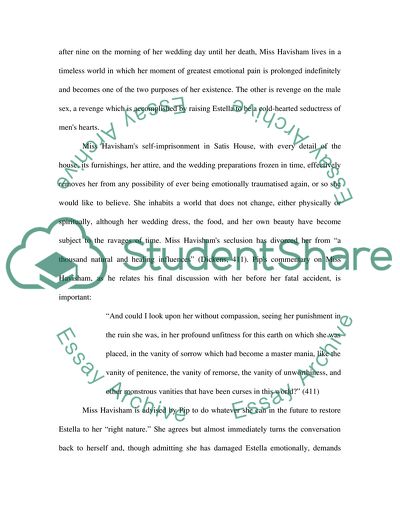Cite this document
(“The Victorian Novelists Essay Example | Topics and Well Written Essays - 2250 words”, n.d.)
Retrieved from https://studentshare.org/literature/1546404-critically-examine-how-the-roles-of-women-in-the-nineteenth-century-are-reflected-in-charles-dickens-great-expectations-and-jane-austens-pride-and-prejudice
Retrieved from https://studentshare.org/literature/1546404-critically-examine-how-the-roles-of-women-in-the-nineteenth-century-are-reflected-in-charles-dickens-great-expectations-and-jane-austens-pride-and-prejudice
(The Victorian Novelists Essay Example | Topics and Well Written Essays - 2250 Words)
https://studentshare.org/literature/1546404-critically-examine-how-the-roles-of-women-in-the-nineteenth-century-are-reflected-in-charles-dickens-great-expectations-and-jane-austens-pride-and-prejudice.
https://studentshare.org/literature/1546404-critically-examine-how-the-roles-of-women-in-the-nineteenth-century-are-reflected-in-charles-dickens-great-expectations-and-jane-austens-pride-and-prejudice.
“The Victorian Novelists Essay Example | Topics and Well Written Essays - 2250 Words”, n.d. https://studentshare.org/literature/1546404-critically-examine-how-the-roles-of-women-in-the-nineteenth-century-are-reflected-in-charles-dickens-great-expectations-and-jane-austens-pride-and-prejudice.


